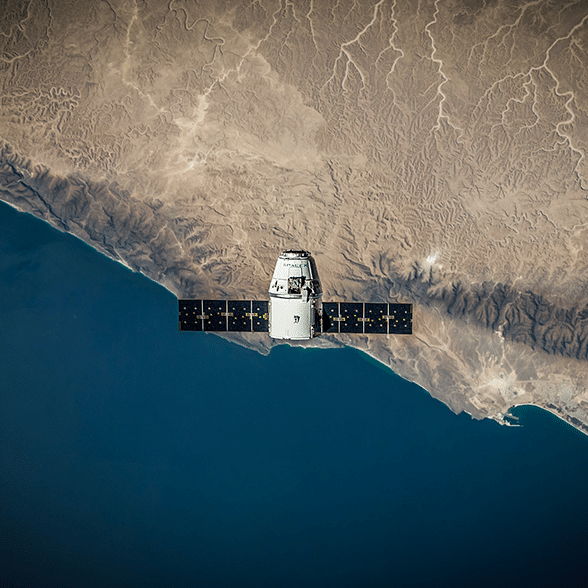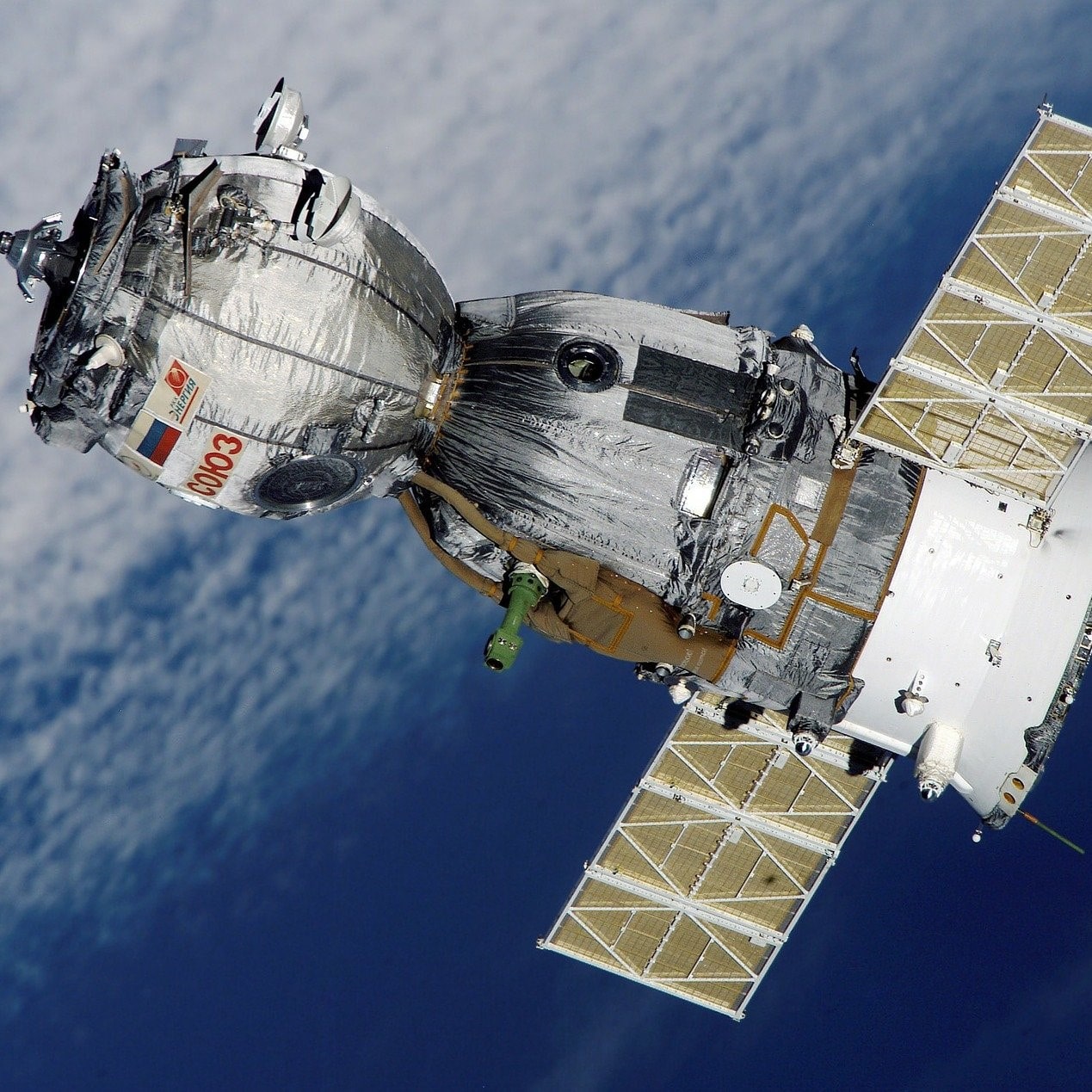UPDATE, April 10: Yesterday’s planned launch of Amazon’s Project Kuiper low-earth orbit (LEO) satellites was scrubbed due to poor weather.
According to a Space.com article, United Launch Alliance director Caleb Weiss said, on the launch livestream, “It is confirmed that we will not continue with the Amazon Project Kuiper 1 launch activities today. We will work with our partners at the U.S. Space Force Space Launch Delta 45 for the timing of our next launch opportunity.”
Original Story Follows: April 4
April 9 is a launch day for Project Kuiper, Amazon’s low-earth orbit (LEO) satellite internet initiative. The company will conduct Kuiper Atlas 1 (KA-01), which is the deployment of 27 satellites 280 miles above earth.
The Project Kuiper satellites will launch at the Cape Canaveral Space Force Station by a United Launch Alliance (ULA) Atlas V rocket no earlier than noon EDT. A livestream will start about 20 minutes before launch.
Amazon says that Project Kuiper aims to deliver high-speed, low-latency internet to “virtually any location on the planet.” KA-01 will be followed by about 80 launches that will carry more than 3,200 satellites into space.
The payloads in KA-01 may test the rockets. Amazon says that they are the heaviest ever flown by ULA’s Atlas V rockets and, thus, will use the rocket’s most powerful configuration. It will have five solid rocket boosters in addition to the main booster. The payload is 77 feet high and 16.4 feet wide.
Subsequently there will be seven more Atlas V launches and 38 launches on ULA’s Vulcan Centaur rocket, which is larger. More than 30 launches also are planned with Arianespace, Blue Origin and SpaceX.
“We’ve done extensive testing on the ground to prepare for this first mission, but there are some things you can only learn in flight, and this will be the first time we’ve flown our final satellite design and the first time we’ve deployed so many satellites at once,” Project Kuiper Vice President Pajeev Badyal said in the launch announcement.
Locations without traditional access are attracting a lot of attention. For instance, in February, Starlink announced via a Super Bowl commercial that it would work with T-Mobile to offer a combination of satellite and mobile technology to more than a half million square miles of the country not served by cell towers.
AST SpaceMobile is another LEO provider. In late January, it said it had received Special Temporary Authority (STA) from the Federal Communications Commission (FCC). The authorization enables it to test its LEO BlueBird satellites with unmodified devices in AT&T and Verizon’s low-band wireless spectrum.



